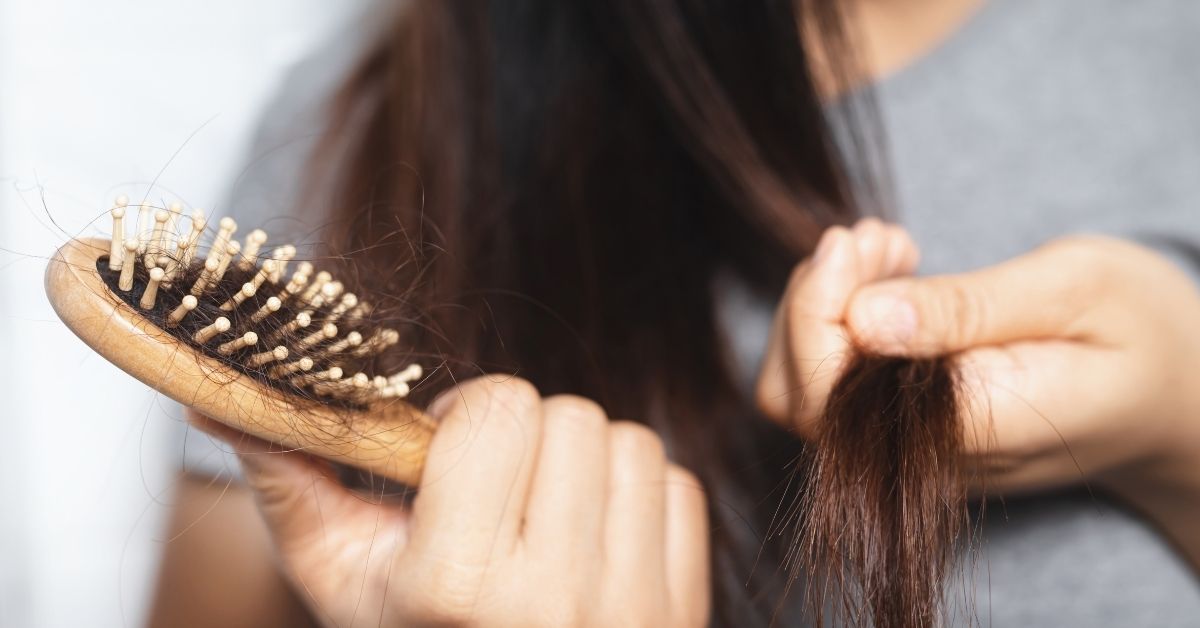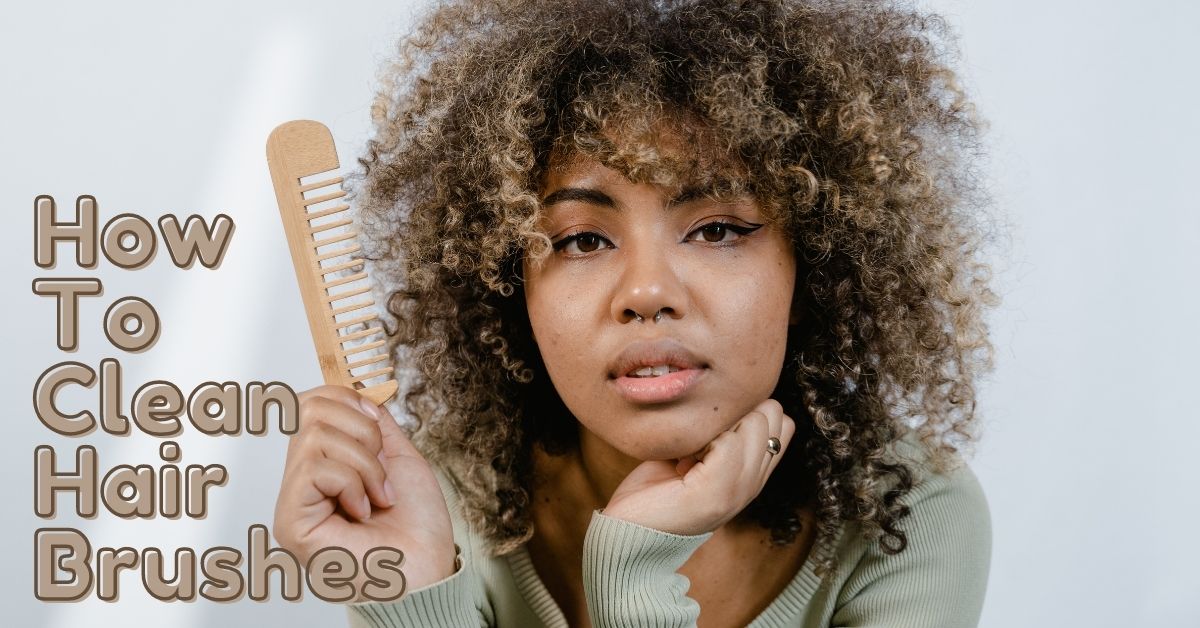In addition to hair and scalp, Ayurveda believes that your hair products need to be well cleaned. This prevents the establishment of scalp infections and increase hygienic growth in your hair.
If you’ve been living your life not knowing how to clean hair brushes or thinking it’s just a waste of time, then hello please change your mind. We will give you the reason to clean your hair brushes.
Quick Navigation
Why Do You Need To Clean Your Hair Brushes?

When you run them via your strands your paddles will gather dirt, sebum, stray hair and dead skin cell, and germs. Thinking about it is not comfortable, yet it occurs. If you have gone long enough without cleaning, you can even see it.
You might even detect clusters of lint that a collection of dead skin cells, dirt, and environmental debris. Your bristles may be covered with a waxy layer (from product and oils).
But, the gross-out aspect should force you to clean your hairbrush. The frequent cleaning of your brush extends your tool’s life.
A clean brush will result in less hair damage and fewer brush bacteria. Physical damage can lead to breaking, split ends, and frizz, so that a clean brush can contribute to overall hair health and management.
Now we know the importance of cleaning brushes, so lets learn how to clean hair brushes in just 3 steps.
How To Clean Hair Brushes in 3 Steps
Wait! No need to dump that old brush or comb away and purchase a new brush, simply because over months or years it’s accumulated so much lint. Here are some extremely helpful ways on how to clean hair brushes and use your hairbrushes like new ones.
Step #1: Remove hair

Of course, all the strands you produced on your hairbrush should be removed. The same applies to all sorts of brushes, either for the round brush or the paddle brush.
- You may start by just pulling your hair off with your fingers.
- You may use a pair of scissors to loosen up any strands which seem to have locked on and are a bit harder to remove.
- You need to do it approximately once a week, or when you see that your hair begins to gather on your brush.
- The more you do it, the less you will have to do next time, like most cleaning.
Related Article: Detangle Hair Knots Without Harming Them
Step #2: Wash out the Hairbrush Dirt
- Apply antibacterial soap; wash with hot or cold water, depending on the kind of brush; wash with another brush, old toothbrush, hands, or brush-cleaning instruments.
- For this purpose, you might need to ensure that you reach between the bristles to remove stubborn gunk that doesn’t just come off with water.
- Most of this buildup is a product based on oil and silicone that repels water, so you need to get in there with your soap and hands or equipment.
- Additionally, be gentle enough to avoid breaking bristles.
Step #3: Dry Your Hairbrush
Remove extra water and shake your brush with a clean, dry towel in a sink. Every sort of hairbrush has to be cleaned, but how you dry varies on the type of hairbrush.
Does the type of brush matter?
The above approach works for each paddle brush. However, you may need to make certain modifications depending on your specific type.
1. Fabric base
- Try dipping your bristles into the water instead of holding the brush under the faucet, If you have a foundation of the fabric.
- The fabric takes time to dry and if kept moist for too long it may turn funky, so remember it doesn’t become too wet.
- Then make sure you dry up in an airy location or even blow it up in a cool setting with a hairdryer.
2. Plastic/Metal brushes
In general, plastic bases are most flexible since they tend to survive longer. Use warm water for plastic and metal-type brushes to help you cut the oil more quickly.
3. Wood base
- You ought not to soak your brushes anyway, but especially wood.
- It can distort wood or damage the finish if you sit the brush in the water, or just wet it for too long.
- Pat dry right away after washing and you must also allow it to sit in a well-ventilated environment (even in front of a fan might be better).
4. Boar bristles
Wash boar bristles with soap and cold water to make sure the glue that connects the braces to the handle is not loosened.
What Kind Of Soap Should We Use?
You don’t have to be very Choosy. They are various brush soap in the market, however regular antibacterial soap or shampoo at home works well. But here are some ideas to think about if you’re searching for inspiration:
- Antibacterial soaps.
- Shampoos (with sulfate-free options or use a clarifying shampoo).
Related Article: Hydrate Your Hairs After Bleaching
Regular Cleaning Tips
- Throw old hairs left in your brushes after brushing since they may build oil in your scalp and harm your hair.
- Always Clean and comb your hair carefully so you don’t break the bristles.
- Don’t use your finger to clean a hair brush, as it’s painful to get pinned by a bristle in your finger by a brace.
Takeaway
If your hair brushes or comb is not clean regularly, it may acquire dirt and other forms of build-up. Eventually, bacteria and fungus can grow inside your hair brushes.
Make sure to routinely clean your hair tools so your hair not only looks lovely and clean but to prevents any harm to your scalp and hair.
Follow a few easy, efficient techniques of our how to clean hair brushes guide to clean up your hairbrush. Recall that’s a key approach to make your hair healthy.

